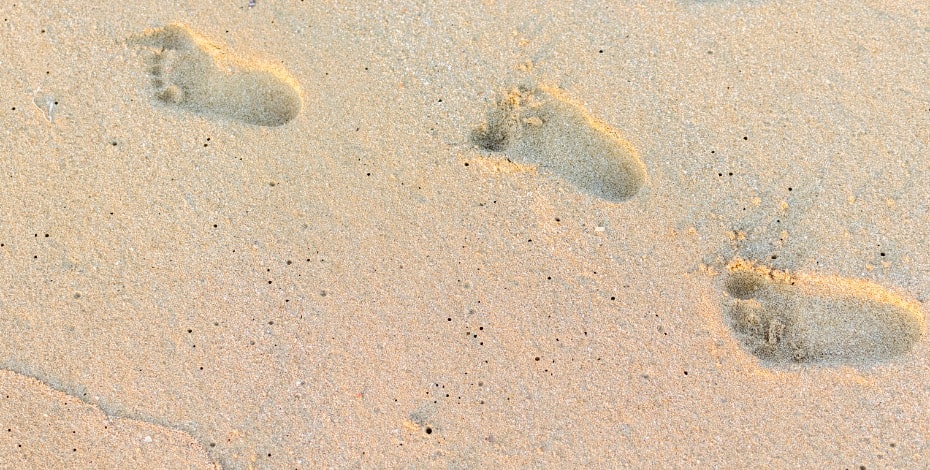
A step up to help people with disabilities

UK physiotherapist Elaine Owen will present a fresh approach to the observation and analysis of walking and standing, the classification and management of abnormal standing, stepping and walking patterns in children with disabilities.
What can participants expect to take away from the course? Participants say they experience a major paradigm shift in their understanding of both normal and abnormal standing and walking patterns and also how to incorporate that knowledge into early intervention and rehabilitation programs. They will take away a fresh approach to the observation of standing, swaying, stepping and walking with full gait cycles, one that emphasises the importance of segment proportion, alignment, stiffness and profile for these activities, orthosis designs and therapy programs. Most of these principles are relatively new ideas, but also relatively simple, so they can have great impact on how we intervene with children and adults with disability.
Participants also describe how they were not aware of the impact that the design of footwear that is worn with ankle-foot orthoses (AFO) may have on gait patterns, nor the sensitivity of gait patterns to non-optimal alignments. Clinical algorithms for the optimal design and alignments of AFOs and footwear are presented, and participants say these step wise algorithms have great value when they return to clinical practice.
Another aspect that participants value is the emphasis on the interdisciplinary team working of the ‘team around the child’ in this approach. The physiotherapist, orthotist and doctors work closely with the child and family to determine shared short- and long-term goals in all areas of the international classification of disability and health, for both ‘body structures and functions’ as well as ‘activities and participation’. They then identify orthotic and therapy solutions to achieve the goals.
Who will benefit most from attending the course?
The course is mainly based on paediatric rehabilitation but there are adult cases presented and the content is equally applicable to those who work with adults with disabilities from childhood or acquired neurology. The course is intended primarily for physiotherapists and orthotists, but orthopaedic consultants and paediatricians have also attended. If teams can attend the course it works very well because it contains a lot of information and they comment that it is very helpful if all, or at least core, members of the team receive the information together. While a video vector gait laboratory is used to demonstrate principles throughout the course, there is no need to have a gait laboratory to implement the practice.
Having delivered this course around the world, what will it offer physiotherapists in Australia?
I feel that Australia is already very advanced in rehabilitation practice, but wherever I teach the course participants say they have had a paradigm shift that will alter the way they think about standing, walking and rehabilitation forever. Hopefully, participants will be able to use my 40 years of experience and the knowledge taught to develop clinical practice, and a greater understanding of the biomechanics, neurology and other clinical theories behind the practice, through their clinical work and research. Australia loves acronyms and this course has, due to popular demand, recently acquired an acronym. It’s the Optimum Segmental Kinematics and Alignment Approach to Rehabilitation (OSKAR). I’m sure that Australia will be able to take OSKAR forward.
Paediatric gait analysis orthotic management training: an optimal segmental Kinematics and Alignment Approach to Rehabilitation’ will be held on 14–16 February 2020 at Macquarie University in Sydney. Registration closes on 27 January. For more information and to register visit australian.physio/events.
Elaine Owen has postgraduate qualifications in both lower limb orthotic biomechanics and clinical gait analysis and a master of science in rehabilitation studies. She takes an eclectic view of the management of neurological disabilities but with an emphasis on a biomechanical approach to rehabilitation. For more than 20 years, Elaine has used a video vector gait laboratory for gait analysis, and orthotic and physiotherapy management of children and adults.
© Copyright 2024 by Australian Physiotherapy Association. All rights reserved.





